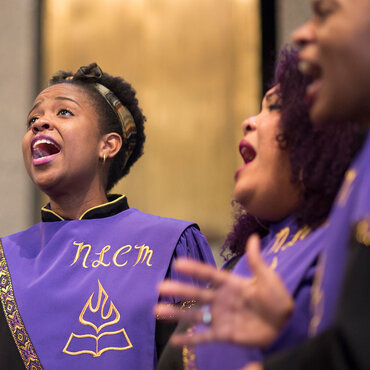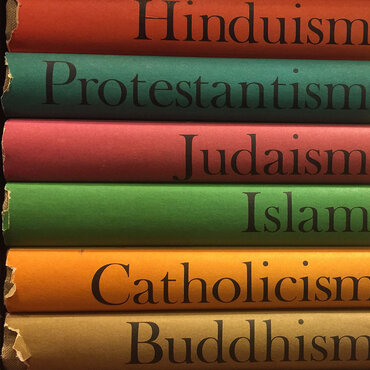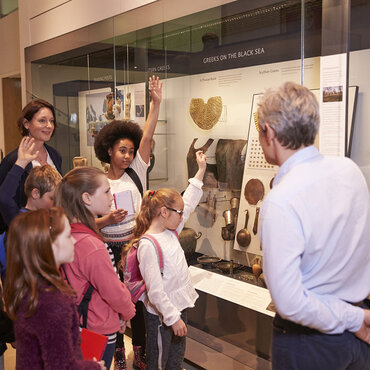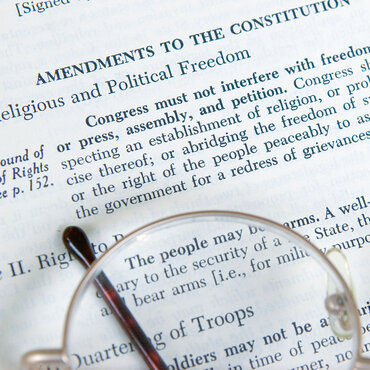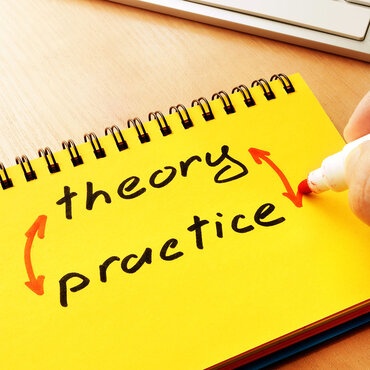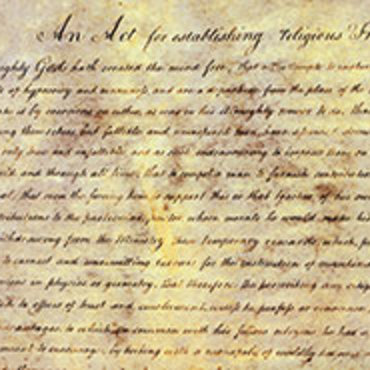
Jewish Traditions
This 3-module course demonstrates how the Introduce-Investigate-Intersect-Introspect model can be utilized to explore religious identity formation within Jewish traditions.
Get even more great free content!
This content contains copyrighted material that requires a free NewseumED account.
Registration is fast, easy, and comes with 100% free access to our vast collection of videos, artifacts, interactive content, and more.
NewseumED is provided as a free educational resource and contains copyrighted material. Registration is required for full access. Signing up is simple and free.
With a free NewseumED account, you can:
- Watch timely and informative videos
- Access expertly crafted lesson plans
- Download an array of classroom resources
- and much more!
- Religious Literacy
- Educator
Benjamin P. Marcus is a fellow and former Religious Literacy Specialist with the Religious Freedom Center of the Freedom Forum Institute, where he examines the intersection of education, religious literacy and identity formation in the United States. He has developed religious literacy programs for public schools, universities, U.S. government organizations, and private foundations in the U.S. and abroad.
Andrew Henry is scholar of religious studies. His research focuses on the religions of the late ancient Mediterranean world, particularly on the material culture of early Christianity. Andrew also has interests in the intersection of social media technology and religious studies pedagogy and is the founder of the educational YouTube channel Religion for Breakfast.
Each module reviews how instructors can guide students as they:
- Introduce themselves to the tradition
- Investigate the diverse beliefs, behaviors, and experiences of belonging related to Sabbath rituals
- Explore intersections of Jewish traditions with gender norms and gendered clothing
If this is your first Religious Traditions course, we recommend familiarizing yourself with key frameworks used in religious studies before beginning. Methods of Religious Studies – Review
Reflect
As you begin an exploration of Jewish traditions, consider the following questions:
- What do you know/think you know about Jewish religious traditions?
- Where did you learn this information? Do you believe these sources are credible? Why or why not?
- Have you personally spoken with someone who self-identifies as Jewish about their religious identity or religious tradition?
Introduction
Read the following short essays from Harvard University’s Pluralism Project:
- “Introduction to Jewish Traditions” Andrew Henry
Return to the reflection questions above and review the responses:
- What have you learned in this module that has changed or deepened your understanding of Jewish traditions?
Investigation
Compare/contrast the nuances of the Reform Jewish blessing (video #1) to the Orthodox Jewish Shabbat blessing (video #2):
- “How to Say the Shabbat Blessings” - Reform Judaism
- “Kiddush” - Orthodox Judaism
- “Keeping Shabbat”- The Pluralism Project
- Did the readings adequately address the internal diversity of the beliefs, behaviors, and experiences of belonging in Jewish traditions? Provide specific evidence.
- Is it more appropriate to speak of a Jewish tradition or multiple Jewish traditions? Or are there beliefs, behaviors, or experiences of belonging that bind together all people who self-identify as Jewish?
Intersection
- “The Substance of Hasidic Style” by StyleLikeU Uniforms
- Pick one reading and discuss what you found surprising about the experiences described in them.
- How do the readings and video in this module demonstrate how religions are embedded in culture? How are Jewish practices around gender norms and gendered clothing influenced by their embeddedness in different contexts?


